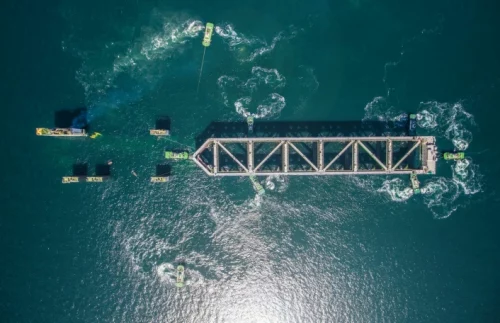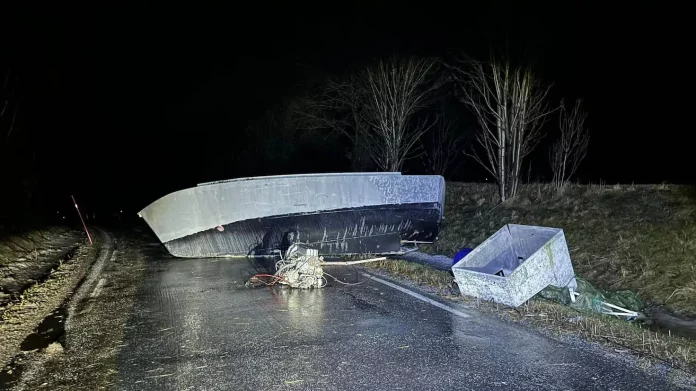The limit for hurricane wind strength on the Beaufort wind scale is 32 meters per second. Researchers recorded wind speeds of 64.1 m/s at Tverrfjellet in Northern Norway on Monday.
Northern Norway was battered by hurricane-force winds on Monday, causing widespread devastation, including the destruction of a number of buildings.
Transportation across the region came to a standstill as the storm forced the cancellation of nearly all flights, ferry services, and shipping routes.
Major airports such as Tromsø, Bodø, and Evenes, which serves the cities of Narvik and Harstad, faced significant disruptions. Salmon deliveries across the country have been severely affected following the widespread cancellation of flights.
In an update shared on Instagram, salmon producer Nordlaks reported on the conditions at their offshore salmon farm platform, Havfarm 1 amidst the severe storm currently affecting Northern Norway.

Captain Trond Jørgen Hansen provided an account of the situation, indicating they are experiencing full storm conditions with hurricane-force gusts. “More wind is expected later today/this evening,” he noted.
In response to the formidable sea conditions, the Havfarm’s crew has taken precautionary measures by raising the structure up to 26 meters, slightly higher than its normal draft depth of 30 meters, to better withstand the ocean’s forces.
Despite the challenges presented by the storm, the update conveyed a positive note on the welfare of the salmon, stating, “The fish seem to be doing fine and are eating well.”
Elsewhere in Norway, the fierce winds triggered several avalanches, with one notably obstructing the RV 85 highway leading to Kvæfjord and its ferry port, isolating Vesterålen.
The E6 highway over Saltfjellet in Nordland County was also impacted, and evacuations were carried out in Lofoten due to the risk of flooding from the surging seas.

